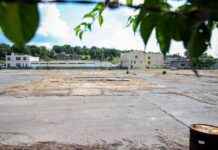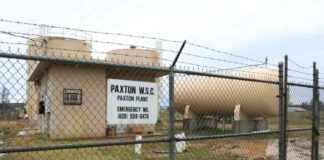Deregulation and the Impact on Utility Business Models
The late 1990s saw a significant shift in the utility industry as deregulation and reregulation efforts began to take shape. Investor-owned utilities (IOUs), once the dominant force, found themselves at the center of a changing landscape. Customers, on the other hand, were left uncertain about what the future held.
Market Power and the Shift in Ownership
One of the primary issues that arose during this period was market power. IOUs, which owned a significant portion of the generation capacity, were forced by states to sell off some or all of their assets to third parties. This resulted in a complex web of ownership, with subsidiaries of other utilities, multinational corporations, and retail power firms entering the picture.
The sale of generation assets led to a fundamental change in the industry’s business models. Cost-of-service models gave way to fuel riders and energy cost adjustments, impacting customers across the country. Residential energy costs saw a steep increase, leaving state regulators powerless in the face of market-driven pricing.
Customer Perspective and Regulatory Response
From a customer standpoint, different states adopted varying approaches to the new regulatory environment. Some limited the percentage of customers who could choose their power provider, while others mandated that all customers had the option to shop with a retailer. In cases where IOUs remained the billing and collection agency, the burden of ensuring payment fell squarely on their shoulders.
With the sale of generation assets, transmission, and distribution became the focus for IOUs. Some states even allowed transmission to be sold off to third-party entities, further complicating the regulatory landscape.
Impact on Investment and Workforce
To keep rates down, capital investment in infrastructure was deferred in many states starting in 1992. This led to a significant drop in investment rates, resulting in an average replacement cycle of 140 years for distribution infrastructure. The shift in focus towards maintaining stock prices and dividends meant that reliability took a backseat for many IOUs.
The transition to reregulated business models came with added costs for IOUs, including billing reads for retailers and wholesale power expenses. This forced many utilities to cut line workers and engineers, leading to a reduction in the workforce by as much as 75%.
Residential Customers and the Cost of Deregulation
While large customers may have benefited from the deregulation efforts, residential customers did not fare as well. Studies have shown that in states like Texas and California, savings accumulated over years were wiped out in a matter of weeks due to market fluctuations.
Looking Ahead
As the utility industry continues to evolve, the focus on underinvestment in distribution infrastructure remains a key concern. The rise of technologies like air conditioning, electric vehicles, and heat pumps underscore the need for robust and reliable power systems.
In conclusion, the journey towards optimized utility business models has been a tumultuous one, with both challenges and opportunities shaping the future of the industry. As we look towards the next chapter in this evolving landscape, it is crucial to learn from past experiences and strive for a more sustainable and resilient energy sector.














